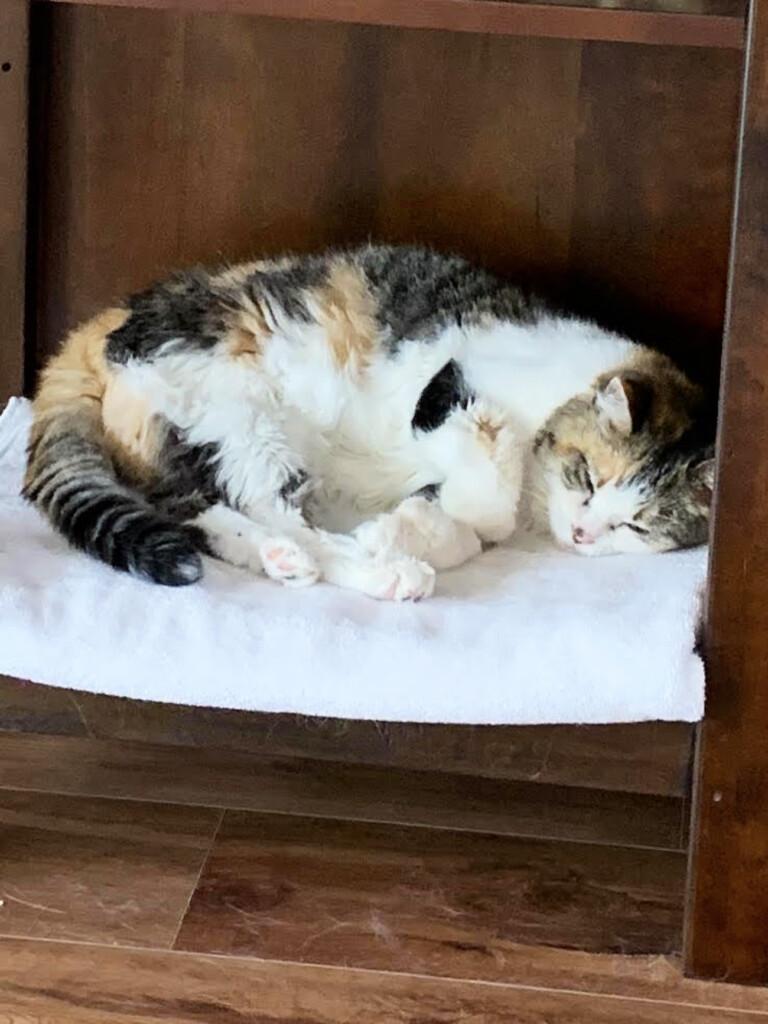Despite their unusual characteristic, Polydactyl cats are indeed average and healthy. The term “polydactyl” comes from the Greek words “poly,” meaning many, and “daktylos,” which means fingers, and it refers to cats that have more than the usual number of toes on one or more of their paws.
This trait is a genetic mutation that is not typically associated with any adverse health effects. It’s often considered a charming quirk. Polydactylism can occur in any breed, although it’s more common in some populations and regions, such as the northeastern United States and Canada, where they are sometimes affectionately referred to as “Hemingway cats” after the writer Ernest Hemingway, who famously kept polydactyl cats at his home in Key West, Florida.
Polydactyl cats typically lead entire, active lives like any other cat. However, their extra toes can sometimes cause the nails on those toes to grow in a way that requires more frequent trimming to prevent them from growing into the paw pads. Besides this minor consideration, they are just as expected and capable as their counterparts with the usual number of toes.
